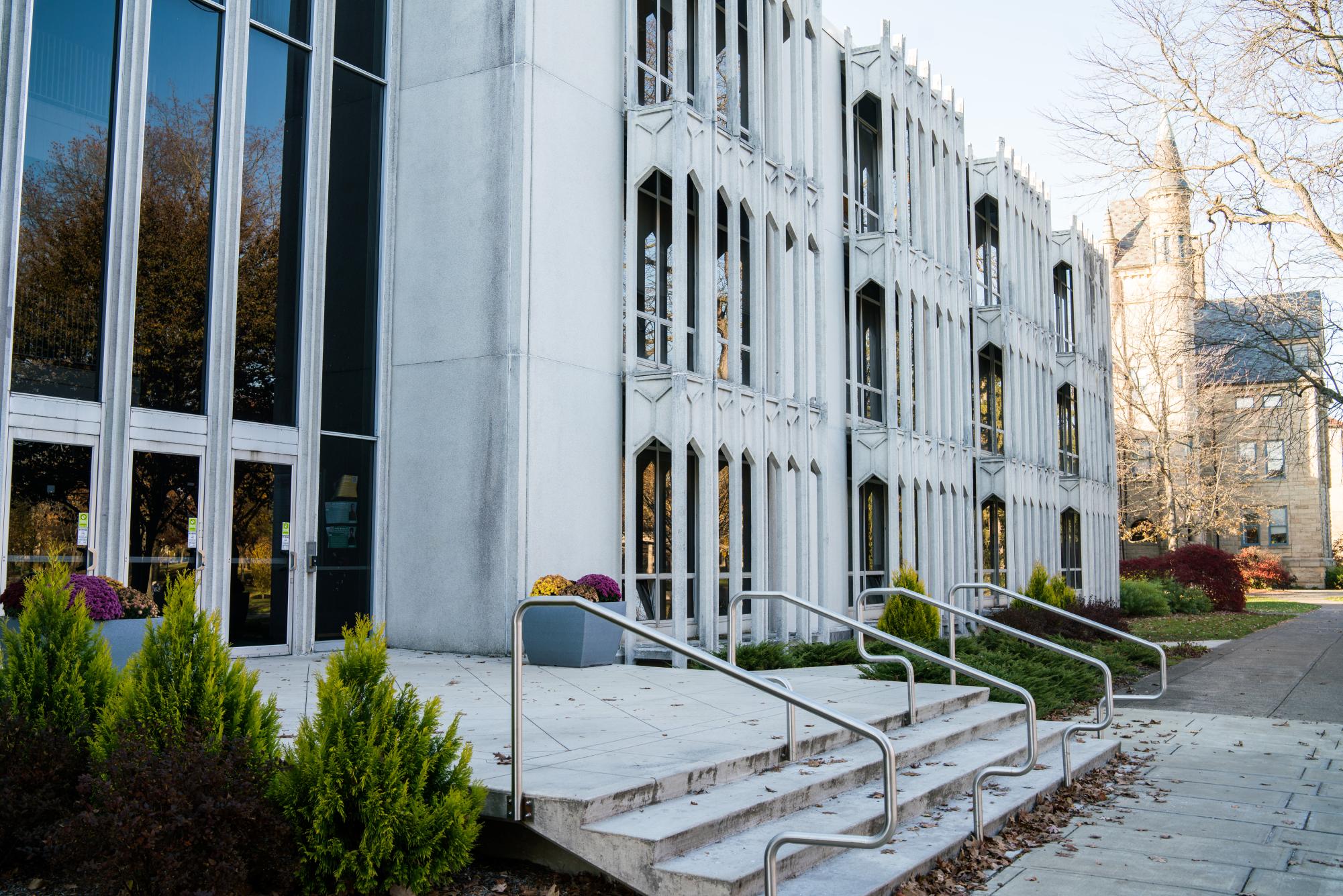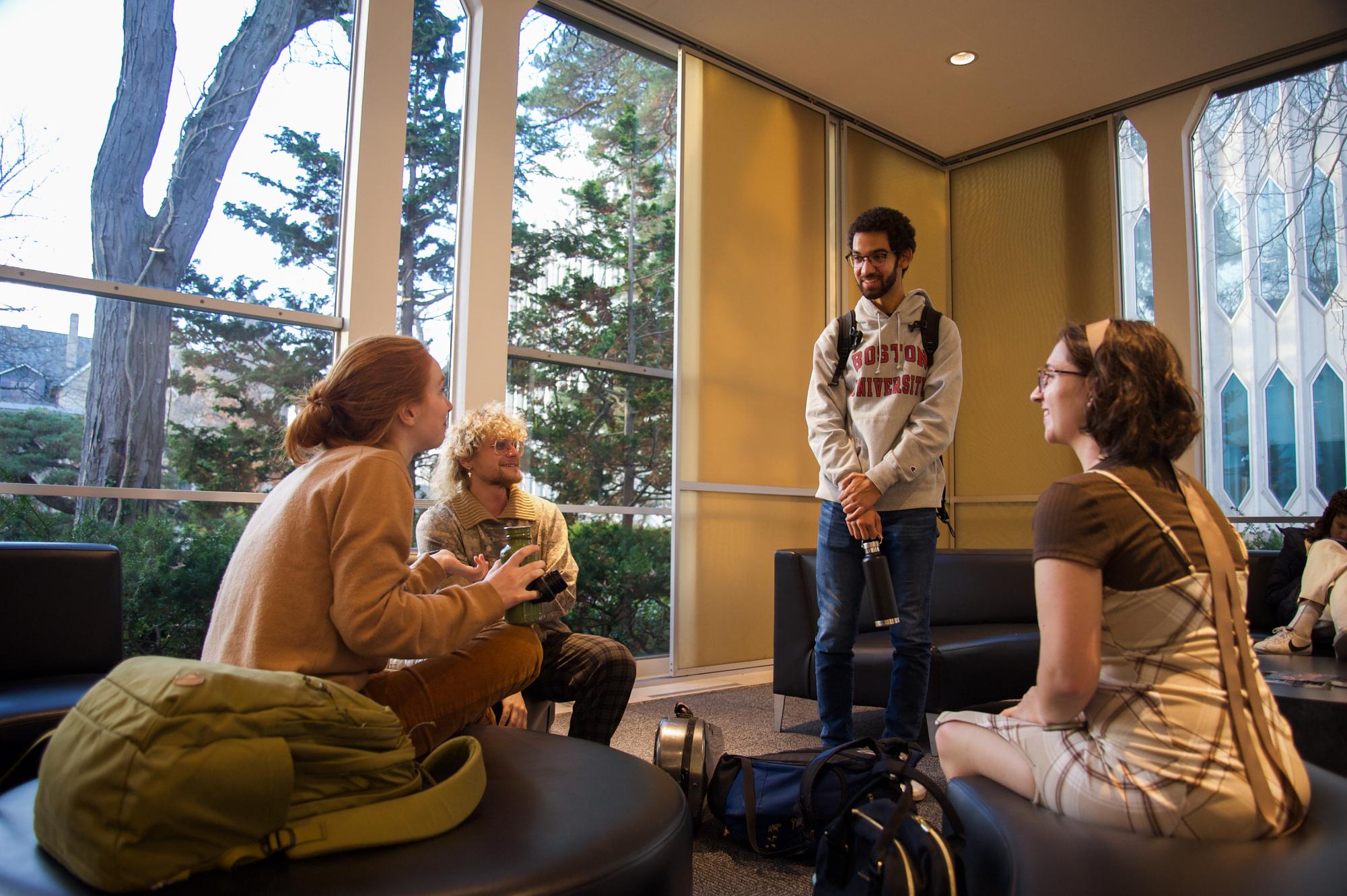Oberlin Omicron Surge Was Predictable and Avoidable
On Monday, Dec. 20, the College reported roughly 50 new COVID-19 cases within a 24-hour period, marking what was by far the biggest overnight leap in cases for the College since the start of the pandemic. For many students, myself included, this announcement came as no surprise. In the week leading up to Dec. 20, there was an accumulation of anecdotal evidence in the form of reports from students who were testing positive across campus. Yet, until the last possible second, the College maintained that case counts were under control. At 1 p.m. on Dec. 20, the College claimed, “Currently we are not experiencing the same spread of COVID that some campuses across the country are experiencing.” At 10 p.m. that same day it said, “About 50 individuals on campus tested positive.”
This outbreak could have been avoided — or the campus community could have been better prepared for its arrival — had the College continued its regular testing regimen. Mandatory monthly testing for students ended on July 1. Shortly following this, in mid August, the College stopped testing those exposed to COVID-19, provided they were vaccinated and asymptomatic. In the three weeks prior to this decision, 27 people on campus tested positive despite a campus vaccination rate in the upper 90-percent range. This surge should have been a warning signal for the College. At the very least, the College should have taken this opportunity to return to stricter COVID policies. Yet the College moved forward into the Thanksgiving season with barely any trace of the stringent measures it had enforced earlier that fall and maintained its August policy of not providing tests to vaccinated, asymptomatic individuals. Of course, this prompted many students who were exposed to COVID-19 but did not meet the College’s testing requirements to seek tests from other community resources.
That’s where things started going downhill. With students testing off campus, the College wasn’t able to track the positive cases slowly mounting on campus, and thus was caught completely off guard by the seemingly sudden surge of cases in the week before break. If the College had provided accessible testing for students, it would have been able to better monitor positivity trends and prepare the necessary infrastructure to address rising case numbers. Instead, it had to change plans at the last second to accommodate students who were stuck in COVID-19 isolation on campus during winter break. The lack of proper planning also meant that staff — from upper-level administrators to AVI Foodsystems employees — had to work overtime during the holiday season.
Students came back from Thanksgiving break on Nov. 28 without testing upon their return. This was the first time students were not required to test after a break since the start of the pandemic, marking the College’s shift away from strict COVID-19 policy and toward complacency. At the time, the Review published an editorial calling for the College to test students upon their return after the break, as well as returning to a regular, mandatory testing policy for members of the campus community.
The College did not take these concerns seriously, as evidenced by its steadfast refusal to implement more testing procedures. Instead, it consistently reminded students that the advent of the vaccine enabled us to move forward with the goal of learning how to “live with COVID-19,” rather than avoid it altogether. While theoretically, this approach seems reasonable, in practice, contracting COVID-19 has far more nuanced implications. The argument that the College continues to emphasize is that there have been no reported COVID-related hospitalizations among students. While this is obviously a good thing, testing positive for COVID-19 still puts an immense burden on individuals and those around them. From the toll isolation takes on mental health, to the inability to work and attend classes, to putting surrounding individuals at risk of also contracting COVID-19, testing positive for the virus is a devastating event for many people. The bar shouldn’t be whether a student is hospitalized. It should be aiming to keep COVID-19 case counts as low as possible to minimize the wide-ranging impacts of this awful pandemic. And what exactly will the College do once someone — likely an already immunocompromised individual — does get hospitalized? We don’t always need to wait for the unthinkable to happen in order to pivot toward productive policy.
This rings especially true for Oberlin, an institution with immense financial resources. If we have money to pay for ice sculptures in the shape of a squirrel that are left to melt in Wilder Bowl, then I’m sure we can scrape up enough money — perhaps from the nearly $2 million the federal government granted us for COVID-19 relief back in spring 2021 — to pay for consistent and accessible testing for our community. We owe responsible testing practices not only to members of our immediate College community, but also to the broader City of Oberlin. Students are guests in this town, and expecting local medical resources to shoulder the burden of our lax testing policies is simply unacceptable.
I want to emphasize that, for the most part, the College has dealt with the twists and turns of the pandemic in an exemplary manner. Faculty, staff, and administrators have worked tirelessly to make sure that every member of our campus community is safe and cared for, and for that, I am incredibly grateful. I just hope that the College learns from the situation it was in over winter break and appropriately reinforces its COVID-19 policies, just as it had throughout the pandemic up until that point. I hope that the College does not return to careless COVID-19 policies once case counts decrease again. If our positivity rate is low, that’s a strong signal that we’re doing a good job and that we should continue implementing the policies that got us there.
Further, the College would do well to invest in long-term preventative measures. Following Centers for Disease Control and Prevention guidance, the College has decreased the COVID-19 isolation period to five days for people who are asymptomatic. The College has also declined to mandate that students remain in quarantine until obtaining a negative result. However, students are reporting that it takes multiple days — between 48 hours and seven days — to receive the results of their tests. If students are getting positive test results multiple days after arriving on campus, in the interim period between testing and receiving the result, they are potentially exposing friends, classmates, and local residents to COVID-19.
In addition to preventative measures like testing, the College should also look to equip itself to handle the longer-term implications of the COVID-19 pandemic. Mounting evidence shows that beyond the immediate threat of COVID-19 infection, long-term effects prove to be a murky but menacing obstacle. As of yet, the College has no plans to develop a system to support students with long-haul COVID-19 symptoms. Meanwhile, students are already experiencing COVID-19 fatigue that extends far beyond the 5-day contagion period, with no institutional support or understanding from professors or administrators. In addition to the lasting medical repercussions of COVID-19, the ongoing pandemic has already caused ramifications to people’s mental health and will continue to do so. As it stands, our current mental health resources are meager to say the least, and the College’s attempts to improve these resources have been weak and incomplete. In a time when national COVID-19 infrastructure is strained, the College should expend the resources it most certainly has to maximize COVID-19 protections for students.



